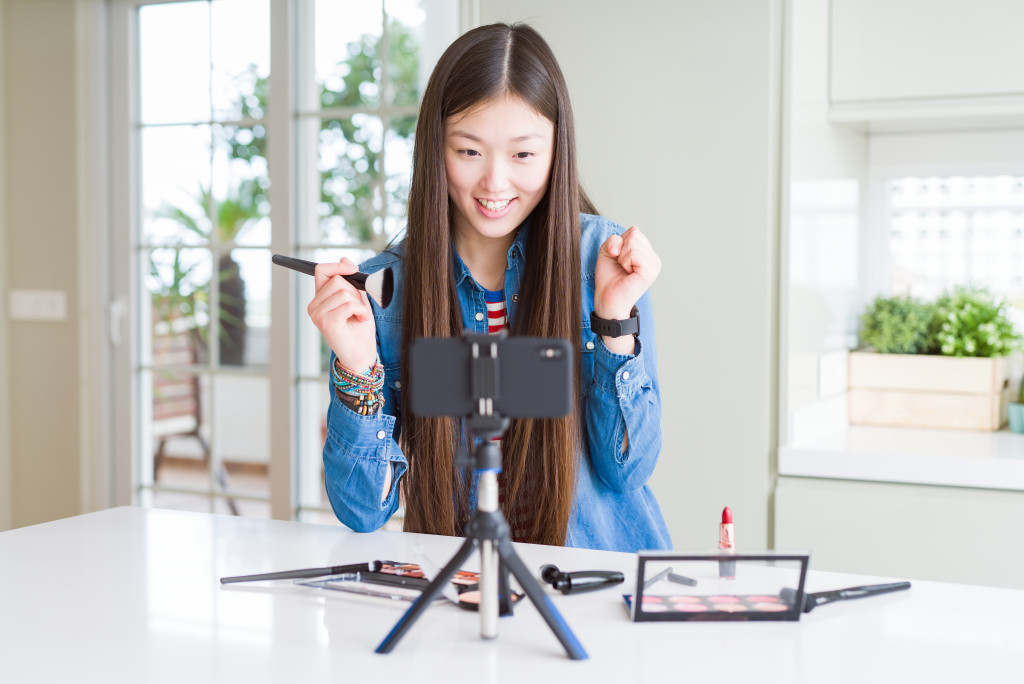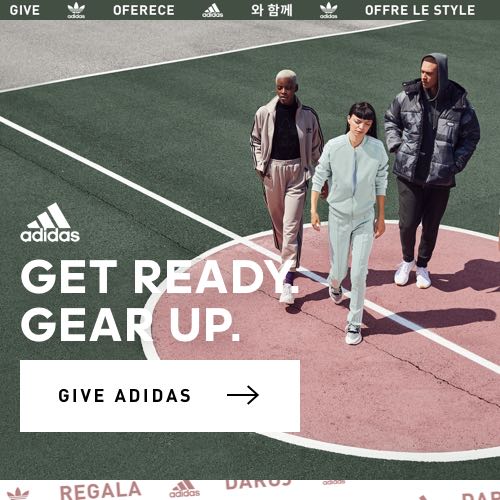When people think of influencers, a social media god or goddess comes to mind — millions of followers, millions of likes, and a robust purchasing influence over their online communities. One post from such an influencer can propel a new brand from obscurity to the latest lifestyle trend.
However, these social media stars are just one kind of influencer. Not every brand needs their online clout (and not every company could afford them, too). Smaller brands with a niche target could work with equally effective micro-influencers.
Micro-Influencer Defined
A micro-influencer is an influencer with between 10,000 and 100,000 followers on one social media platform. Their online communities are much smaller compared to typical influencers.
Influencers fall into different categories, depending on their reach:
- Mega-Influencers have over a million followers on at least one social platform. This tier includes entertainment stars, fashion models, sportspeople, musicians, and even people who built a vast career solely on social media. While they have a dizzying impact, one post could fetch around $1 million. Moreover, mega-influencers are extremely fussy about the brands they work with.
- Macro-Influencers are more accessible than their mega counterparts, but their online communities are still robustly large and active. A macro-influencer has between 100,000 to a million followers.
- Micro-Influencers are everyday people who have built a specialist following, which is why their content is usually niche. As mentioned above, they have 10,000 to 100,000 followers.
- Nano-Influencers are the smallest set of influencers but don’t underestimate their power. With between 1,000 and 10,000 followers, they belong in a highly specialized field — the big fish in a small pond. While they have relatively few followers, a large majority of them are willing to engage with the influencer; they’re not passive followers.
For many brands, the micro-influencer sits in the Goldilocks zone of reach and engagement. They have a fairly large community, so they can effectively raise awareness about a brand. But they also have a higher level of engagement compared to macro- and mega-influencers.
Advantages of Working with Micro-Influencers
Niche Communities
Unlike their mega and macro counterparts, micro-influencers are not followed by everyone. Instead, they have niche communities with specialized interests.
For instance, a fitness macro-influencer has a huge following of everyone who’s interested in fitness. Meanwhile, a micro-influencer specializing in body recomposition programs would only attract followers who are interested in this specific category of fitness. You could also see diverse influencers in fashion. A fashion macro-influencer would be followed by people who want to see fashion and lifestyle content. Meanwhile, a micro-influencer specializing in corsets would only be followed by people who are interested in garments made for corsets.
These niche customers are often hard to find, but micro-influencers bring them together in one digital platform. Whether they run an Instagram account, Twitter profile, or an all-in-one community software, micro-influencers grant brands access to these specialized groups.
Lower Costs

Micro-influencers charge less than their more popular peers. On average, micro-influencers could earn about $100-$500 per post — a dramatic difference from a mega-influencer’s million-dollar agreements. Macro-influencers, meanwhile, could fetch $5,000 to $10,000 per post.
But before you could factor in these costs, take note that several factors affect a micro-influencer’s rates, including:
- Their reach and engagement reach
- Their digital platform
- Agency fees
- Industry
Higher Engagement Rates
Micro-influencers typically record better engagement rates than the rest of influencers because:
- They’ve established strong relationships with their followers
- They have fewer followers and consequently provide more personalized attention
- They have the time to personally interact with their followers
- They have the time to respond quickly
The biggest factor in their engagement rates is the trust of their followers. Unlike bigger influencers, micro-influencers know their audience inside and out because of their common, specialized interest.
Willing to Work with New and Small Brands
Apart from friendlier rates, micro-influencers are not as particular as bigger influencers when it comes to the brand they work with. As such, they’re usually more open to new and up-and-coming brands.
Should You Work with a Micro-Influencer?
Micro-influencers are not for all brands. Some companies may need a smaller or bigger reach, with a corresponding dip or raise in budget.
Naturally, there are also drawbacks to working with a micro-influencer.
- Their profiles are less polished. Unlike macro- and mega-influencers with an extremely curated feed, micro-influencers might not perform the same professional polishing. As such, your promoted post might compete with the influencer’s other posts.
- They have less experience. A lack of experience in working with brands and publishing sponsored posts may result in lower quality.
These disadvantages, however, can be balanced by a micro-influencer’s access to niche communities, incredible engagement performance, and lower rates. So, weigh the pros and cons before reaching out to a prospective social media partner.





